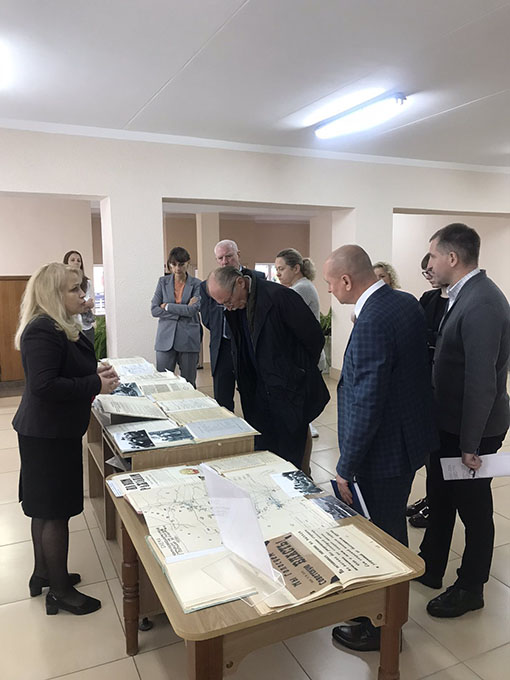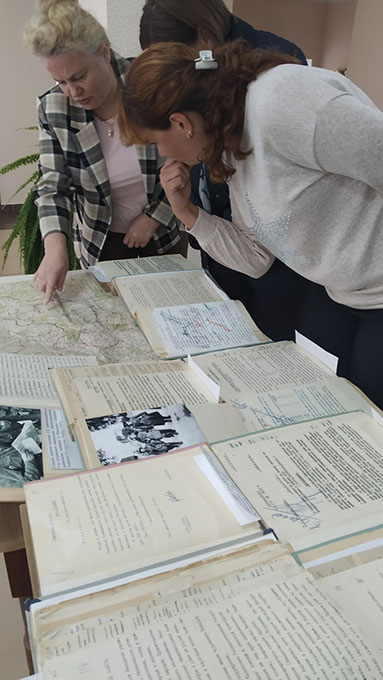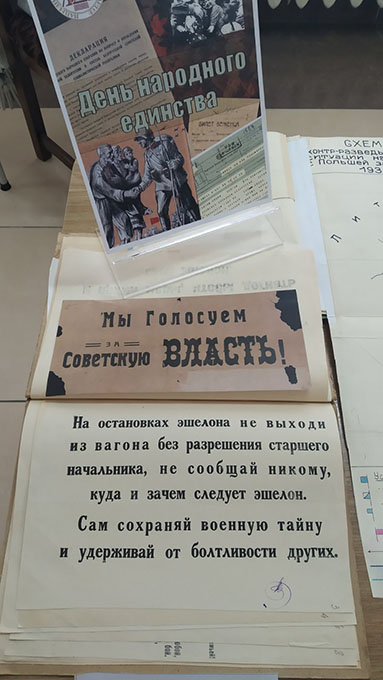Reunification of the Nation: Year 1939
The Day of People’s Unity is celebrated on 17 September, a public holiday of the Republic of Belarus established by Presidential Decree No. 206 of 7 June 2021. The introduction of this date into the calendar of memorable and significant events in the history of the Republic of Belarus is a tribute to the memory of hundreds and thousands of Belarusians who did not accept the injustice of the Riga Peace Treaty of 1921, which divided the country, and who fought for its reunification.
On September 13, 2022, the National Archives of the Republic of Belarus opened a documentary exhibition at the Minsk Region Prosecutor’s Office, dedicated to the Day of People’s Unity and the 83rd anniversary of the reunification of Western Belarus with the BSSR.
The autumn of 1939 forever entered the pantheon of Belarusian glory of the 20th century with the epoch-making event for the Belarusian people and state – reunification of the Belarusian nation in the single state. At the present stage of development of independent and sovereign Belarus and the Belarusian people, reunification is one of the most important socio-political, socio-economic, ethno-national and cultural events of the 20th century. The September military-political campaign and the subsequent events of September-November 1939, which legally formalised and consolidated the act of reunification, resulted in the national and territorial unification of the Belarusian people in a single Belarusian state.
The ethnic and territorial unification has objectively led to national consolidation of the Belarusian people, consolidation of Belarusian statehood and expansion of the territorial boundaries of Belarus. On the political map of Europe our country ranks 13th in terms of population and territory, which is one of the most important results of reunification that took place in 1939.
The documents displayed at the exhibition reflect the most important events of the fall of 1939. On 28-30 October 1939, the People’s Assembly of West-Belarus was held in Bialystok – it was actually a national referendum on the future of the West-Belarusian region. The documents that it adopted – concerning state power, incorporation of Western Belarus into the BSSR, land, nationalization of banks and large industrial enterprises – played an important role in further development of the Belarusian statehood, economy, culture and education.
During the exhibition, the employees of the Minsk Region Prosecutor’s Office got acquainted with authentic documents from the collections of the National Archives of the Republic of Belarus.




















